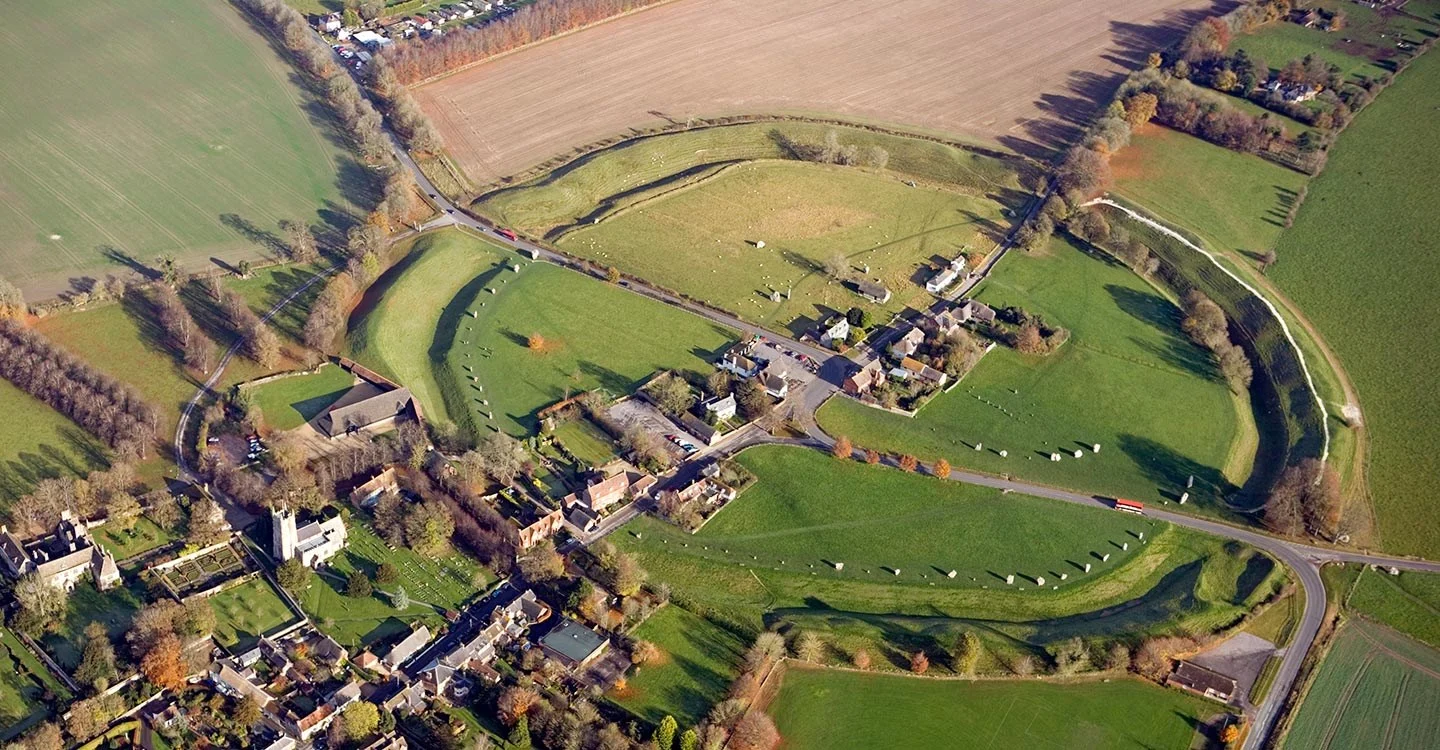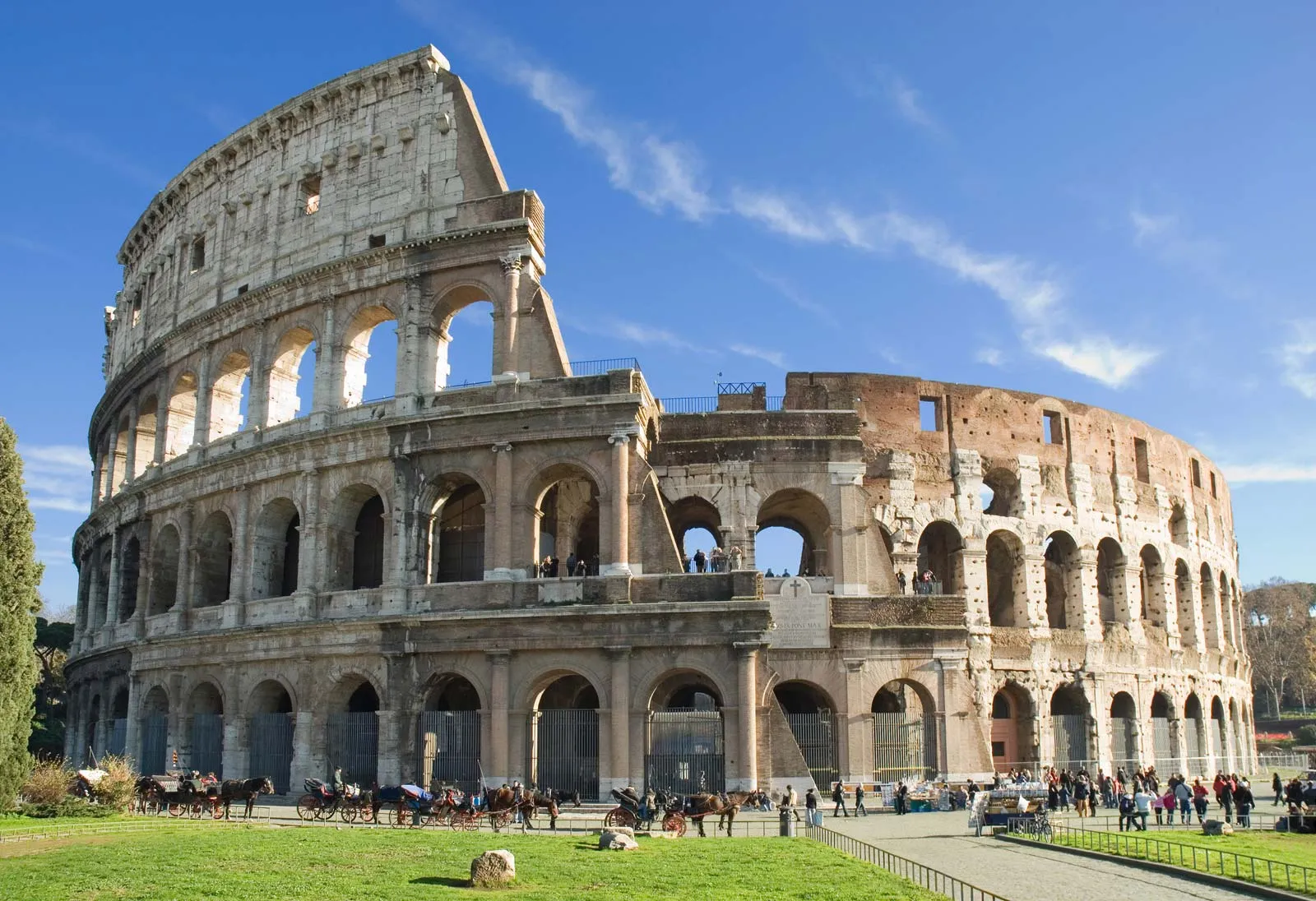Carved by the Rapa Nui people between the years 1250 and 1500 on Eastern Island in eastern Polynesia, the moai are colossal statues depicting human figures. Nearly half of the moai remain at the main quarry, Rano Raraku, but hundreds more were transported from there and set on stone platforms on the island’s perimeter.
These statues are primarily the living faces of deified ancestors and while many of them still gazed inland across the lands when Europeans first visited the island in 1722, almost all of them had fallen over by the late 19th century.
History of the Moai Statues
The moai were carved by the Polynesia colonisers of the island, between the years of 1250 and 1500 AD. While intended to present deceased ancestors, once placed upon stone platforms, or ahu, they may have been regarded as the personification of powerful living and deceased chiefs.
Each moai, of which there are over 900, presented status and the larger the statue placed on the ahu the more power the chief who commissioned it had.
The tallest moai erected is known as Paro and was almost 10 metres tall and weighed 82 tonnes, while one incomplete statue would have been approximately 21 metres tall with a weight of approximately 270 tonnes if completed.
Description of the Moai Statues
Bearing proud but inscrutable expressions, the moai were carved in relatively flat planes and their minimalistic style is related to forms found throughout Polynesia.
While many refer to the statues as simply ‘heads’ – much like how some refer to online blackjack as simply ‘21’ – they are in fact depictions of the head and trunk, with the overly large heads said to depict the sanctity of the chiefly head.
With heavy brows and elongated noses, the nostrils curl into a distinctive fish-hook-shape, while the lips form a thin pout. Flanked by elongated ears which are oblong in form, the jawline stands out distinctly from the truncated neck.
The Symbolism of the Moai Statues
While it has been suggested by many archaeologists that the statues were symbols of power and authority, pertaining to both the religious and political, the Rapa Nui people who created them saw these statues as repositories of sacred spirits.
The moai were positioned in order to face the village, with their backs to the ocean, as if to watch over the people, with the exception of the seven Ahu Akivi which face out to sea in order to help travellers find the island.
The Mystery of Moving the Moai Statues
How the more than 900 moai were moved from the original site of their creation remains by and large a mystery.
While it was originally thought that they were moved by ropes, wooden sledges, rollers, and levelled tracks across the island, another theory suggests that the moai were placed atop large logs and rolled to the destination of their final placement.
However, if this theory is correct it would take 50-150 people to move each moai. While we may never know exactly how these monoliths were moved, they certainly are a sight to behold.



